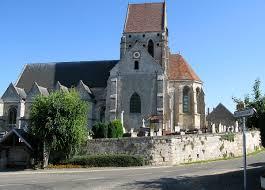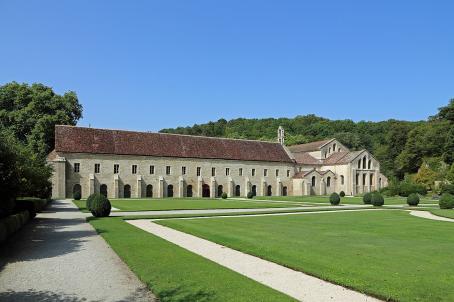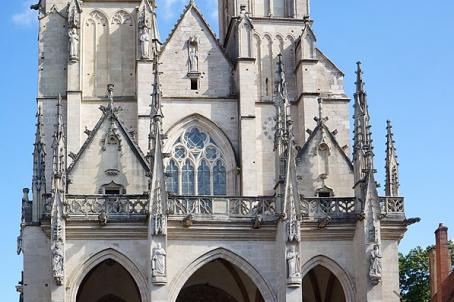Church of Saint-Pierre and Saint-Paul

In Fresnes, in the department of Côte-d'Or, the Church of Saint-Pierre-et-Saint-Paul was originally founded in the 12th century, although it has been modified over the centuries. The nave and the Romanesque entrance, whose tympanum is decorated with a Celtic cross, are both original. The building has been classified as a Historical Monument since 2015 and has some elements of classified furniture, such as a painting of Christ and the Twelve Apostles.
About this building
The church of Saint-Pierre-et-Saint-Paul de Fresnes, in the region of Burgundy-Franche-Comté, dates back to the 12th century. Despite extensive renovations and modifications to other parts of the buildings, the Romanesque entrance gate and the nave are original. The tympanum of the entrance is decorated with a carved Celtic cross. Other parts of the church were renovated at different times: the choir and the cross were built in the 14th century and in the first quarter of the 19th century. The majestic bell-tower dates back to the 15th or 16th century and the church also has two chapels: the northern one is dedicated to Saint Anthony the Egyptian and dates from the 14th century, while the southern one is dedicated to the Blessed Virgin, from the late eighteenth century.
Although the entire building was very recently listed as a historic monument, the western entrance and the choir have been listed since 1925. In addition to some statues and stained glass, the church also has exceptional furniture, such as a painting representing Christ and his twelve apostles and a processional statue of St. Anthony the Egyptian with his pig, one of his attributes.




